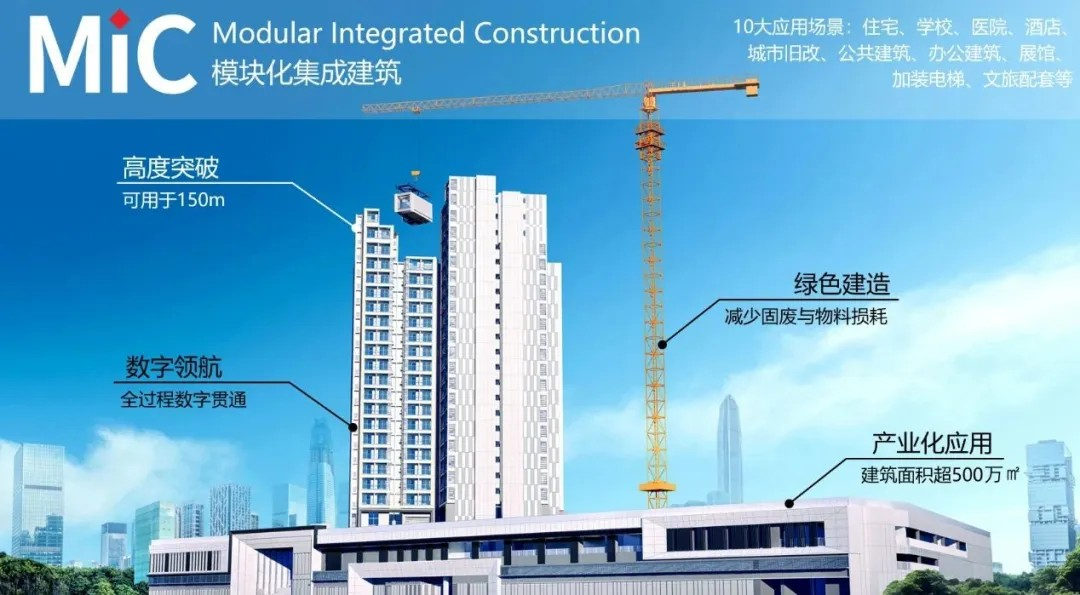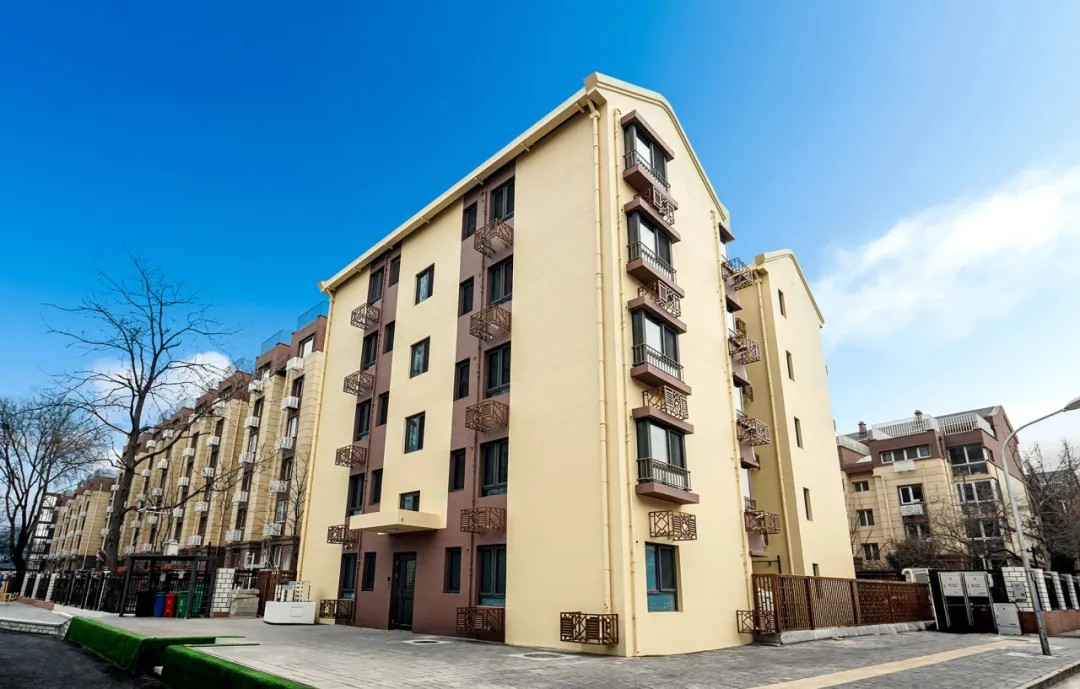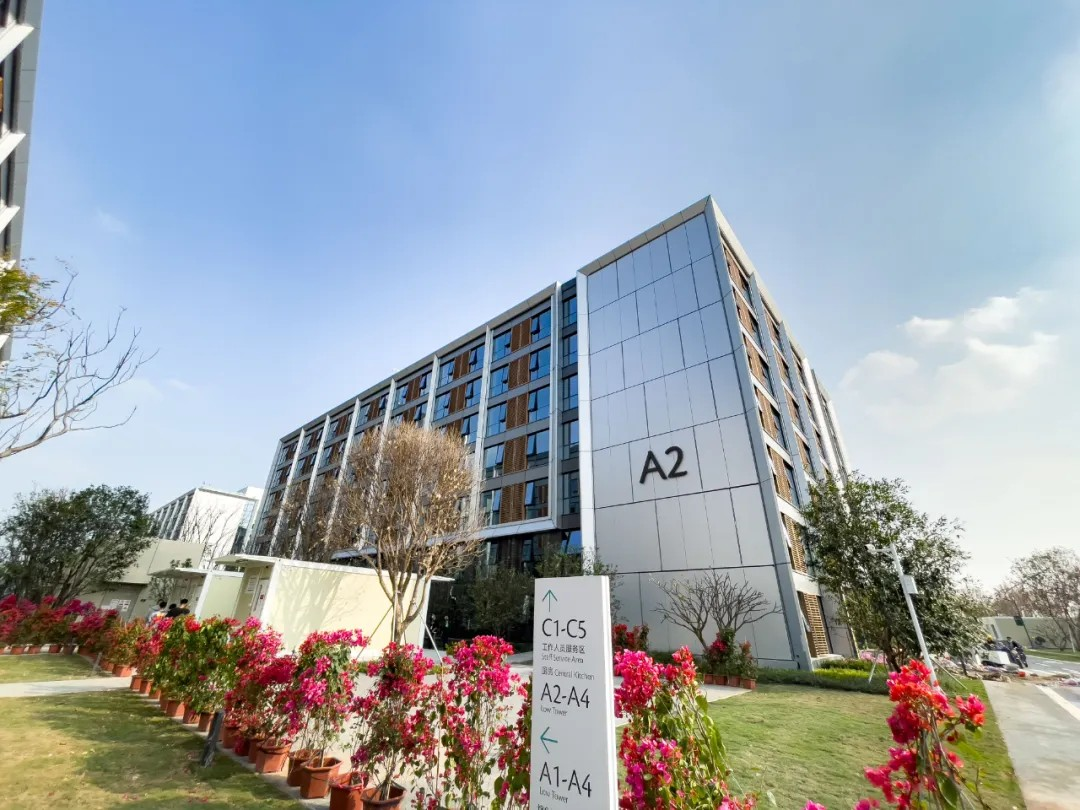Recently, CSCEC unveiled the list of its first batch of industrialized products, which includes 11 major products, such as the "building good house", and launched a special column to introduce the third theme - Modular integrated construction: Building homes like cars.

Developed by CSCEC, MiC technology challenges traditional building methods by bringing industrialized efficiency to residential construction. This approach mimics the precision and mass production processes used in car manufacturing.

The company has developed three core product systems under this technology: Concrete MiC (C-MiC), Steel Structure MiC (S-MiC), and X-expansion Module. These systems cover a wide range of construction needs, including residential buildings, schools, hospitals, and hotels. A standout example is the Huapichang Hutong No 8 Building project in Beijing, the first C-MiC "tear down and rebuild" project in China, which revitalized an aging structure in just three months, earning it the title of Beijing's best urban renewal practice project.


CSCEC’s ME-House modular buildings are based on a box-type steel structure combined with factory-integrated technologies, which ensure the precision integration of the building's exterior shell, mechanical and electrical systems, and interior finishes.

These modular buildings have already been widely applied in hospitals, schools, office buildings, residential complexes, and hotels. Notable projects include Hong Kong’s first Light Public Housing (LPH) project—SS M518, and the first Chinese-made steel structure modular building—Bay Area ICC International Hotel in Shenzhen.
Additionally, CSCEC has developed the CMC Steel-Concrete Modular Building, which merges the advantages of both steel and concrete modular systems. This hybrid approach ensures modular buildings are safer, more durable, comfortable, and cost-effective.
